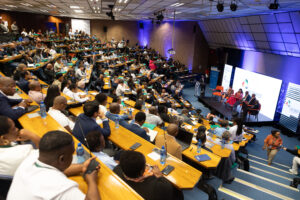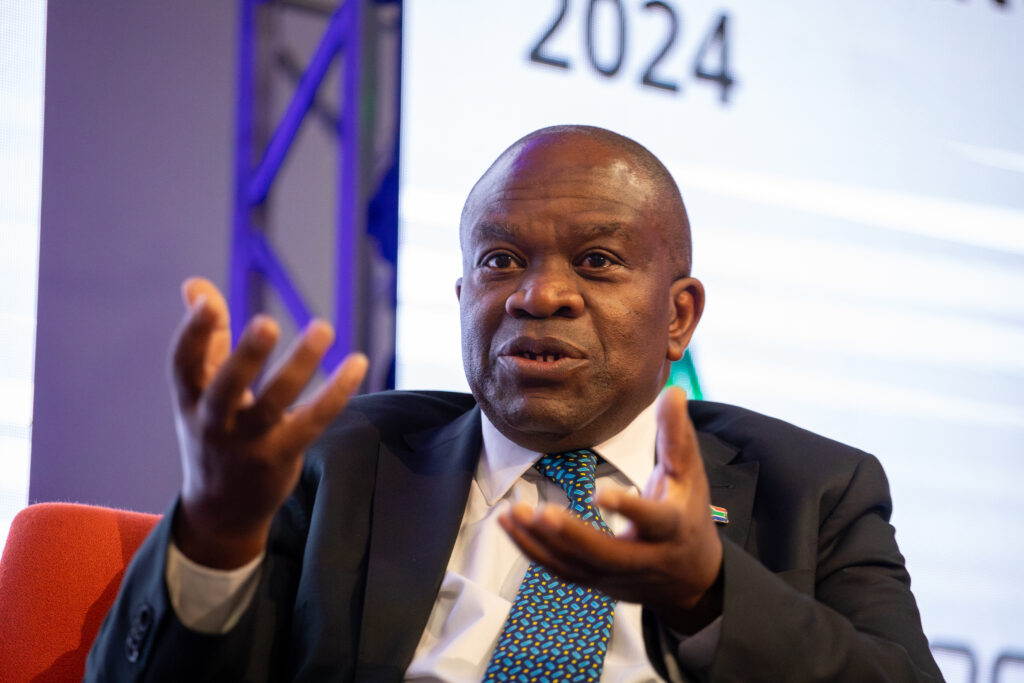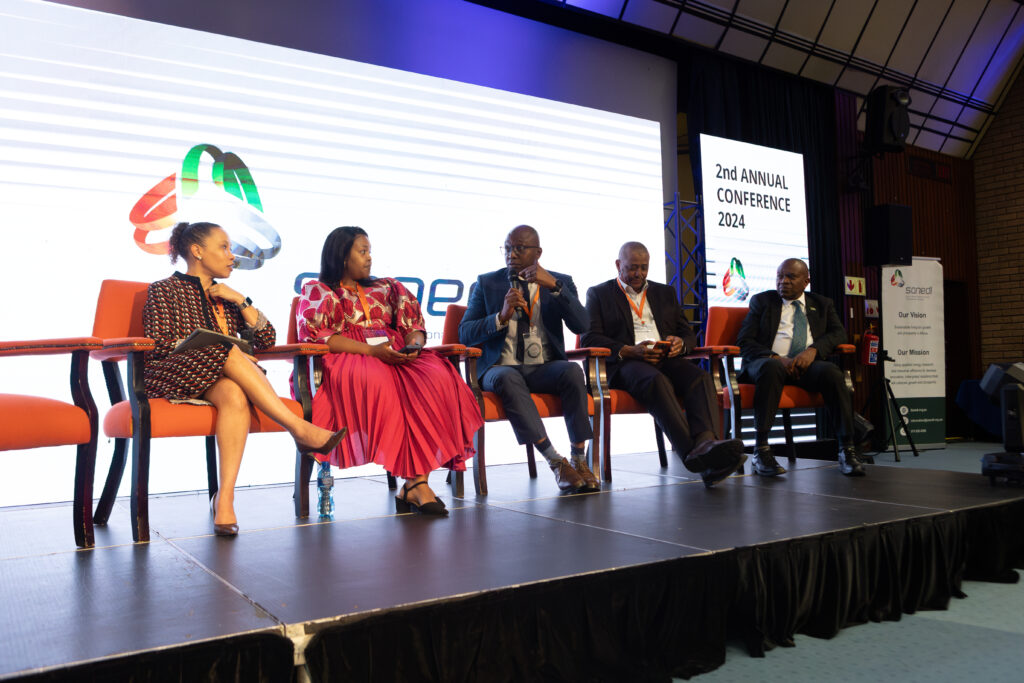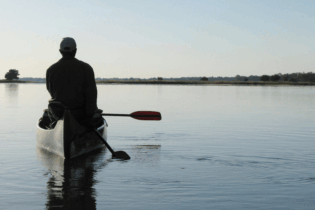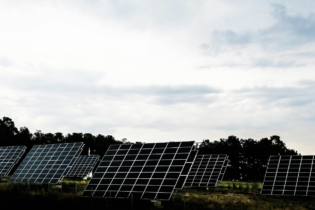The Just Energy Transition is underway, and there are some serious questions that must be addressed during this phase in South Africa’s energy history. Recently SANEDI’s 2nd annual energy conference addressed the big questions head-on.
By Duncan Nortier As South Africa diversifies its energy mix, there is optimism founded upon the 200-plus days of no loadshedding as well as the growing interest from the private sector as well international support for the country’s goal of achieving net neutrality by 2050. The optimism is balanced with public curiosity, about how will South Africa transition itself out of the legacy of coal. Coal has powered and will in some manner continue to power South Africa for quite some time. Dr Zwanani Titus Mathe, the CEO of SANEDI, comments, “Our goal is carbon neutrality, this entails balancing our coal use with other sources of energy rather than completely removing coal from our energy mix.” Coal occupies a social and historical importance in South Africa with many seeing this JET as a western imitation but Dr Mathe asserts, “To continue to rely on coal alone would not benefit the country in the long term. The health and safety of the population, as well as the economic future of the country, depends on shifting to greener energy, and this transition is our transition, not anyone else’s. We are handling this our way, and with the wealth of scientific expertise in the country we are in good hands.” One of the many ways the JET works is that it prioritises efficiency. Adding sources such as hydrogen, solar, wind, and so on form part of this but South Africa is at the forefront of the SANEDI CO2-to-X initiatives that aim to make coal more efficient and greener, “by capturing CO2 and using it for other purposes such as biofuels, we are reducing the pollutant and diversifying our energy streams” adds Dr Mathe. The diversifying of our energy mix begs the question, ‘What can replace coal where it’s needed?’ and Dr Mathe says, “When we talk about the energy transition, we are talking about a few things. Climate resilience- there is no debate about climate change, it is here, that we must deal with it, and what is an effective replacement for coal. Nuclear is no longer a dirty word, and again no debate- it is clean and very effeinct. When we talk about taking off 8 GW off from our base load we can’t talk about replacing it with solar or wind. We need something that acts like coal does, always on so to speak, and nuclear is the strongest option.” Skills, job gains and losses With every ‘technological shift, there is a side effect of job redundancy. The JET is no different, and this is one of the key areas that the public focuses on. This is why the JET does not just decommission power stations but rather makes provisions to upskill or re-skill those affected by job losses. Communities dependent on coal and coal power for their economic activity will undergo economic diversification if they are affected by the transition. Robyn Vilakazi from the EW SETA says, “It is not as if we going in blind. As the SETA we understand the real need for skills to ensure this transition happens professionally and equitably. Training and re-skilling will be an important focus for us as we reach our 2050 goals, and leaving no one behind is one of the key pillars of the Just Energy Transition.” The EW SETA aims not only to address the skill gap but to ensure the currently skilled do not fall to the sidelines. Refilwe Buthelezi, President of Engineering Council of South Africa, adds “Engineers are the hands that turn the wheels of this transition. There is concentrated effort in ensuring our engineers now are capable of being engineers of the future.”No One is Getting Left Behind in the Just Energy Transition
Oct 29, 2024 |
Africa
Articles
Climate Change
Energy
Renewable Energy


